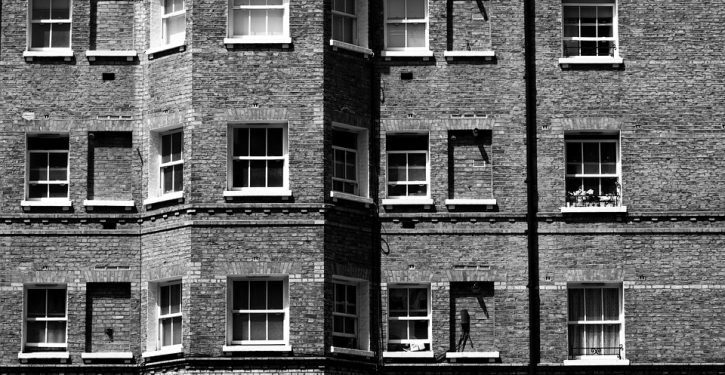
Rent control is destabilizing some of New York’s banks. It was a key factor in the collapse of Signature Bank, which had to be bailed out at the cost of billions of dollars.
Now, New York Community Bancorp may suffer the same fate. Reason Magazine reports on the problems it is suffering due to rent control:
New York Community Bancorp (NYCB) has been having a rough couple of weeks since it reported on January 31 unexpected quarterly losses of $252 million and that it was setting aside over $552 million to cover future loan losses. Since then, its stock has halved in value and rating agency Moody’s downgraded its credit rating to junk. Efforts to shore up investor confidence have only done so much.
A lot of things are going wrong for NYCB. One major contributing factor to its problems is New York’s rent control regulations.
NYCB is a major lender to the owners of rent-stabilized buildings—buildings where maximum rents and rent increases are set by regulation. It holds about $37 billion in multi-family loans, about half of which are rent-stabilized units.
These rent-stabilized units have been plummeting in value thanks to higher operating costs and interest rates colliding with 2019 regulatory changes that prevent building owners from raising rents to cover these higher costs.
Before 2019, landlords could remove their units from rent stabilization when monthly rents went above $2,800 and the current tenant moved out—a policy called “vacancy decontrol.” Landlords were also allowed to pass on the costs of building repairs to tenants and raise rents. In 2019, the New York Legislature amended the rent stabilization law to eliminate vacancy decontrol and limit the ability of landlords to pass on the costs of unit upgrades and building repairs to tenants.
That means, today, landlords are only able to raise rents by the amount set by the Rent Guidelines Board, which consistently only allows rent increases well below the costs of inflation.
“What [lawmakers] were doing is eliminating the only mechanism that was allowing these buildings to operate financially. All these loans on these buildings are inverted,” says Jay Martin, executive director of the Community Housing Improvement Program (CHIP), a trade association of building owners.
With the future potential rents at these buildings suddenly curtailed by regulation, the value of these buildings has dropped substantially.
CHIP released a report last week showing plummeting values of rent-stabilized buildings. Some two-thirds of rent-stabilized buildings are worth less than their valuations in 2018. Some individual buildings are selling for between 50 percent and 75 percent less than their last sale.
NYCB lent a lot of money to building owners prior to these huge drops in valuation and is now stuck with underperforming loans and assets.
Martin says many buildings are no longer able to operate profitably or finance needed repairs. Either government subsidies or changes to the state’s rent stabilization law to entice private investment are needed to keep these buildings afloat. Some building owners are leasing out their entire buildings to non-profits. Some are talking about walking away from their buildings entirely.
Once limited to places like New York City, rent control is now spreading to more areas, reducing property values and the quantity of housing available. In July 2023, Maryland’s most populous county, Montgomery County, imposed rent control. As a result, some housing projects stopped as a result. Montgomery Perspective reported that a “Montgomery County-based developer has written the county executive and the county council with news: their company is stopping a county project because of the pending passage of rent control. And they are not alone as at least six other developers are stopping further projects here and shifting resources to other areas including Northern Virginia.”
Almost all economists think rent control is a bad idea: In a 1992 poll, 93 percent of them agreed that rent control reduces the quantity and quality of housing available. Reason Magazine says that “rent control has a history of constricting the supply of rental housing and reducing housing quality.”
As the Wall Street Journal observes, “If there’s any consensus in economics, it’s that rent control achieves the opposite of its intended goal. It leads to housing shortages by discouraging new development and maintenance of existing properties. As the liberal Brookings Institution notes, “Rent control can also lead to decay of the rental housing stock; landlords may not invest in maintenance because they can’t recoup these investment by raising rents.”
It is dumb for local governments to impose rent control, because that reduces the value of housing stock, shrinking the property tax revenue that funds schools and local governments. “Researchers at the University of Southern California said rent control hurt property values in St. Paul, Minn. by $1.6 billion,” reported Market Watch.



